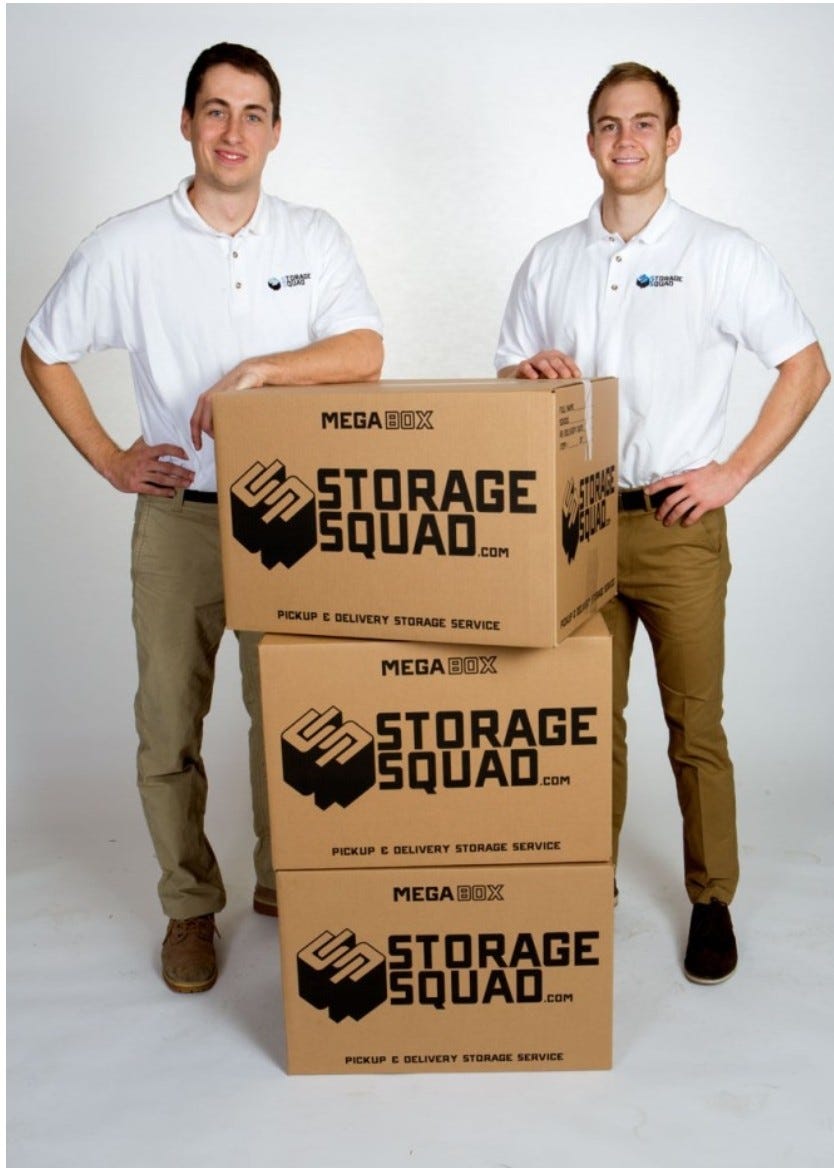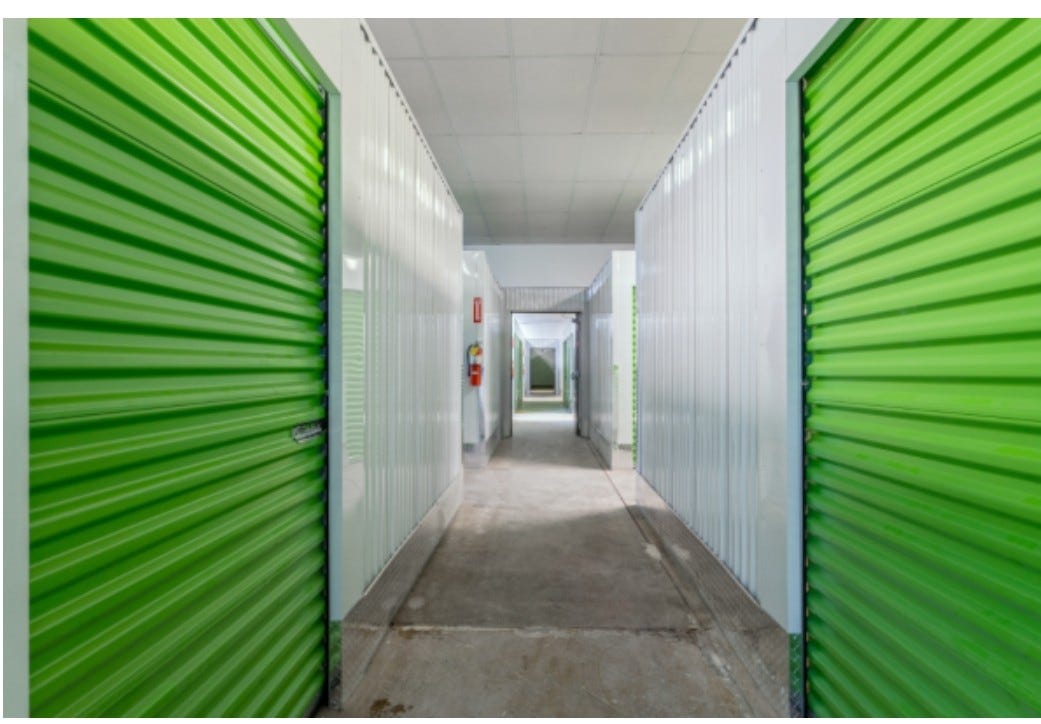How to Spot, Value, and Close a Self-Storage Winner
A Practical Guide to Finding, Evaluating, and Winning the Right Facility
Build to Thrive is your go-to for business & real estate insights—stories, playbooks and trends. We spotlight trailblazers & deliver actionable strategies to drive success. No fluff, just useful stuff!
Launching a self-storage business is one of the most reliable ways to build wealth in real estate. The U.S. self-storage industry has delivered some of the highest average annual returns among property sectors since 2005. But what does it take to succeed? This guide blends the story of an entrepreneur who navigated various storage models with a detailed playbook on market dynamics, financials, operations, and success factors.
The Story of Nick Huber: From Student Storage to Storage Empire
Nick Huber and Dan Hagberg didn’t set out to build a storage empire – it all started as a scrappy college venture in Collegetown, Ithaca, NY. In 2011, during finals week, they noticed students needed a place to store their belongings over the summer. Without much planning, they started driving around, picking up, and storing people’s stuff in their basement. The first summer's profits covered their rent, and they saw a business opportunity.
They weren’t business students—both were studying at Cornell’s ILR School—but thanks to Cornell’s entrepreneurship ecosystem, they participated in courses and programs that helped shape their venture. Despite juggling coursework and track & field team commitments, they expanded Storage Squad to 30 college campuses in 15 cities across nine states.
Scaling Storage Squad: From Basement to Multi-State Business
Bootstrapped Growth: Started with their own labor and vehicles, reinvesting early profits to expand.
Efficient Logistics: Standardized pickup and delivery processes, reducing operational complexity.
Digital Marketing & Automation: Optimized SEO, Google Ads, and online booking to acquire customers.
University Partnerships & Referrals: Built relationships with schools and relied on word-of-mouth marketing.
Seasonal Workforce: Hired student workers during peak move-in/move-out periods.
By 2021, Storage Squad was acquired for a seven-figure sum, and Nick and Dan turned their focus to a new venture: Bolt Storage, a technology-enhanced self-storage company. Since 2017, they have acquired 12 self-storage facilities, with 10 more under contract. The transition from logistics-heavy, labor-intensive storage to a more passive, scalable real estate model was a strategic move that allowed them to build long-term wealth.
Acquisition Strategy: What Makes a Good Storage Investment?
Huber’s approach to storage facility acquisition focuses on finding underperforming assets with strong upside potential. Key considerations include:
Market Selection Criteria
Population Growth: Favor markets with increasing population and housing development.
Storage Demand Per Capita: Look for areas with fewer than 6-8 sq. ft. of storage per capita.
Limited Competition: Avoid areas saturated with big-box storage operators.
Rental Rate Trends: Markets with below-market storage rates present an opportunity for rent increases.
Property Taxes and Regulations: States and cities with lower tax burdens and fewer zoning restrictions are ideal.
Storage Facility Criteria
Size & Configuration: Ideal properties have 30,000-100,000+ rentable square feet.
Unit Mix: A balanced mix of small (5’x5’), mid-sized (10’x10’), and large (10’x30’) units ensures strong demand.
Climate-Controlled vs. Drive-Up Units: Climate-controlled storage can justify higher rents but requires more investment.
Expansion Potential: Extra land for adding more units or outdoor vehicle storage is a plus.
Nick Huber’s Acquisition Playbook
Nick has publicly shared his approach to evaluating storage deals efficiently. He emphasizes quick underwriting and low-leverage investments to mitigate risk. His key strategies include:
Underwriting a deal in five minutes: He looks at population growth, storage saturation, current occupancy, and rent trends to make a fast decision.
Maintaining conservative leverage: Bolt Storage typically keeps 50% leverage on acquisitions to ensure financial stability.
Using technology to optimize operations: Every new facility is integrated with self-service kiosks, automated access control, and digital marketing to improve efficiency.
For a more in-depth breakdown, check out this video where Nick explains how Bolt Storage scaled from 1 to 60+ locations: 9 minutes on how we went from 1 to 60+ locations at Bolt Storage.
Evaluating a Storage Facility Purchase
Nick Huber follows a data-driven approach when acquiring self-storage facilities, focusing on key investment metrics to ensure profitability. Below are the primary factors he considers:
Keep reading with a 7-day free trial
Subscribe to Build to Thrive to keep reading this post and get 7 days of free access to the full post archives.







